The James Webb Space Telescope has revealed a dazzling new look at the Butterfly Nebula, offering clues about the origins of planets like Earth. The planetary nebula, located about 3,400 light-years away in the constellation Scorpius, is the result of a dying star expelling its outer layers. At its core lies one of the hottest white dwarfs known, glowing at an incredible 220,000 Kelvin.
A Cosmic Butterfly in Motion
The nebula’s iconic “wings” are shaped by a dense ring of dust surrounding the central star. This torus blocks light along the equator, forcing material into two vast, glowing lobes that stretch out into space like wings. Webb’s infrared instruments have captured unprecedented detail of these structures, showing that the nebula is not static but alive with dynamic flows of gas, dust, and jets.
Discovery of Crystals and Carbon Compounds
One of the most striking findings is the presence of unusually large crystalline grains—essentially cosmic gemstones—that could serve as the raw materials for rocky planets. In addition, researchers detected complex carbon-based molecules called polycyclic aromatic hydrocarbons, commonly associated with smoke and charred material on Earth. This is the first time such compounds have been observed in an oxygen-rich nebula, suggesting a richer and more complex chemistry than expected.
Fiery Jets and Expanding Shells
The telescope also revealed high-speed jets of iron and nickel cutting through the surrounding dust. These jets carve out bubble-like layers within the nebula, giving it a strikingly intricate shape. Nearly 200 different chemical signatures have been identified, painting a detailed picture of how the nebula is evolving after the star’s violent collapse.
Why It Matters
Scientists believe these discoveries could help explain how the building blocks of planets form in the aftermath of stellar death. The Butterfly Nebula provides a rare glimpse of both order and chaos in the cosmos—showing crystalline dust forming alongside turbulent jets of energy. For astronomers, it’s a reminder that worlds like Earth are born from the ashes of stars.
A Glimpse Into Our Origins
Planetary nebulae are fleeting on cosmic timescales, lasting only about 20,000 years. By studying the Butterfly Nebula in such detail, astronomers gain insight into how material is recycled through space, creating the foundation for new stars, planets, and possibly even life. The Webb Telescope’s latest images don’t just capture beauty—they capture the very story of where we come from.






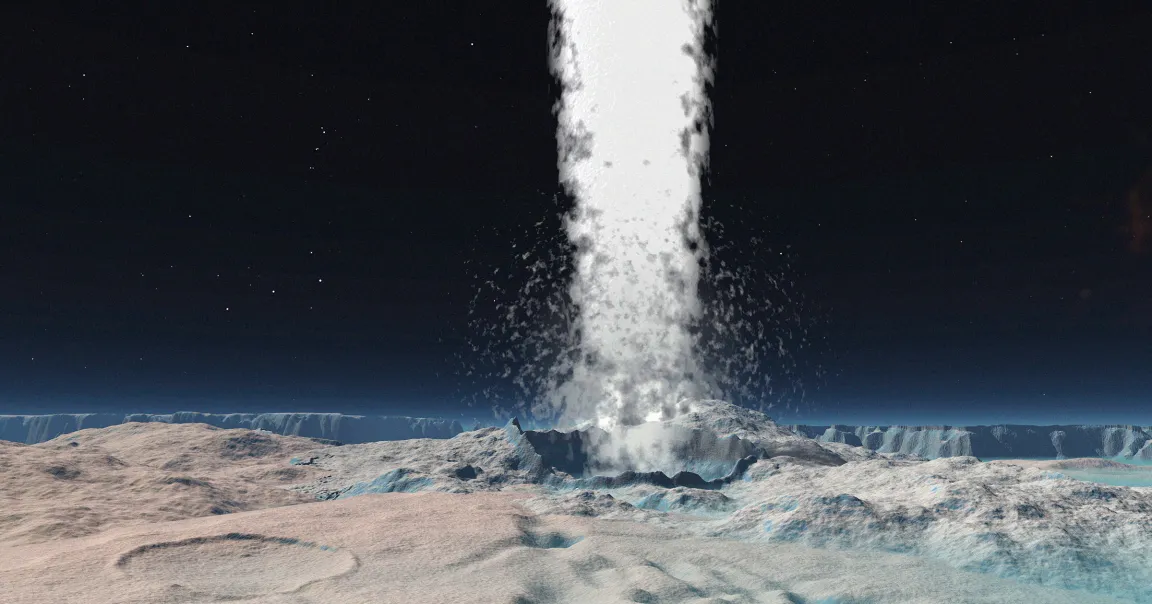
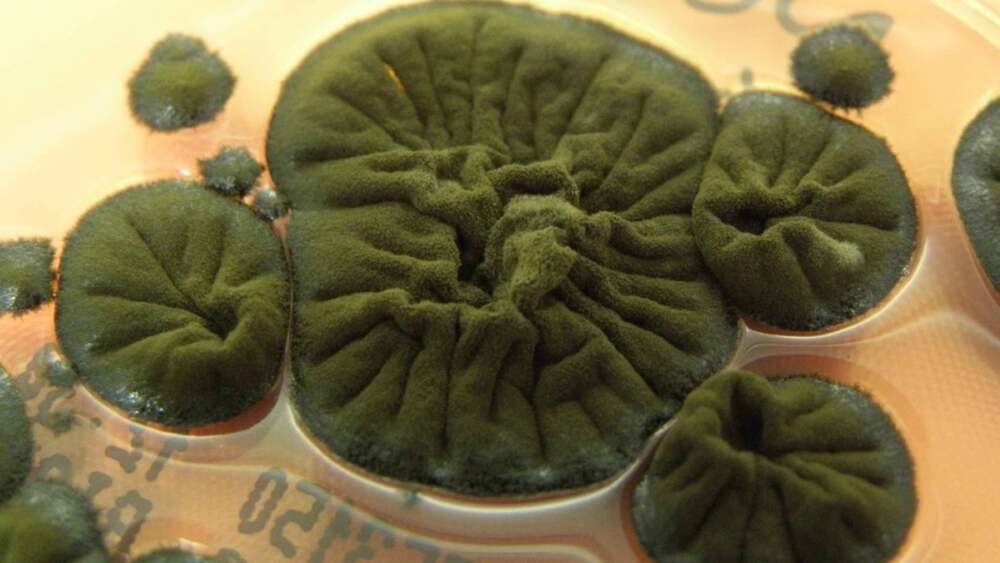
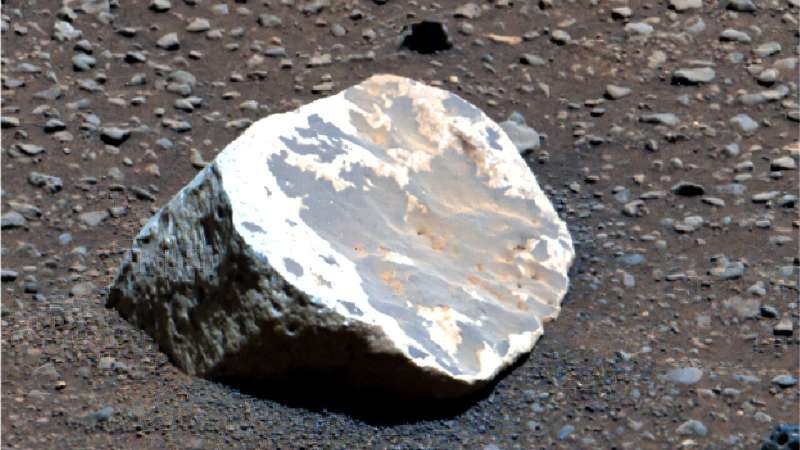
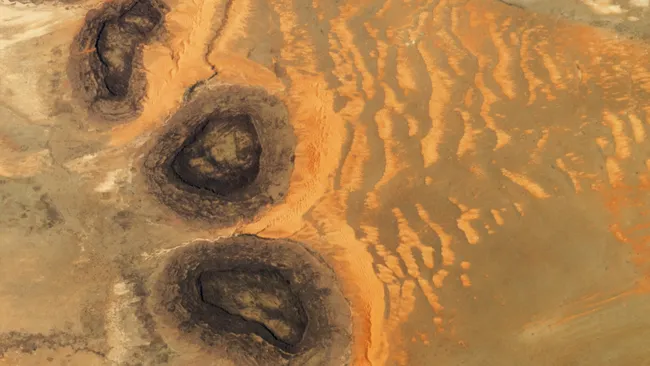

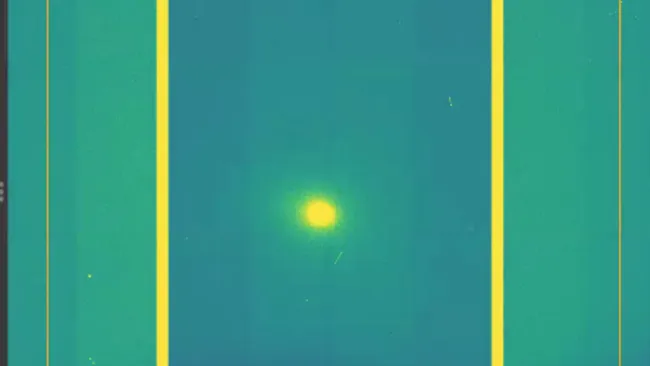




Leave a Reply